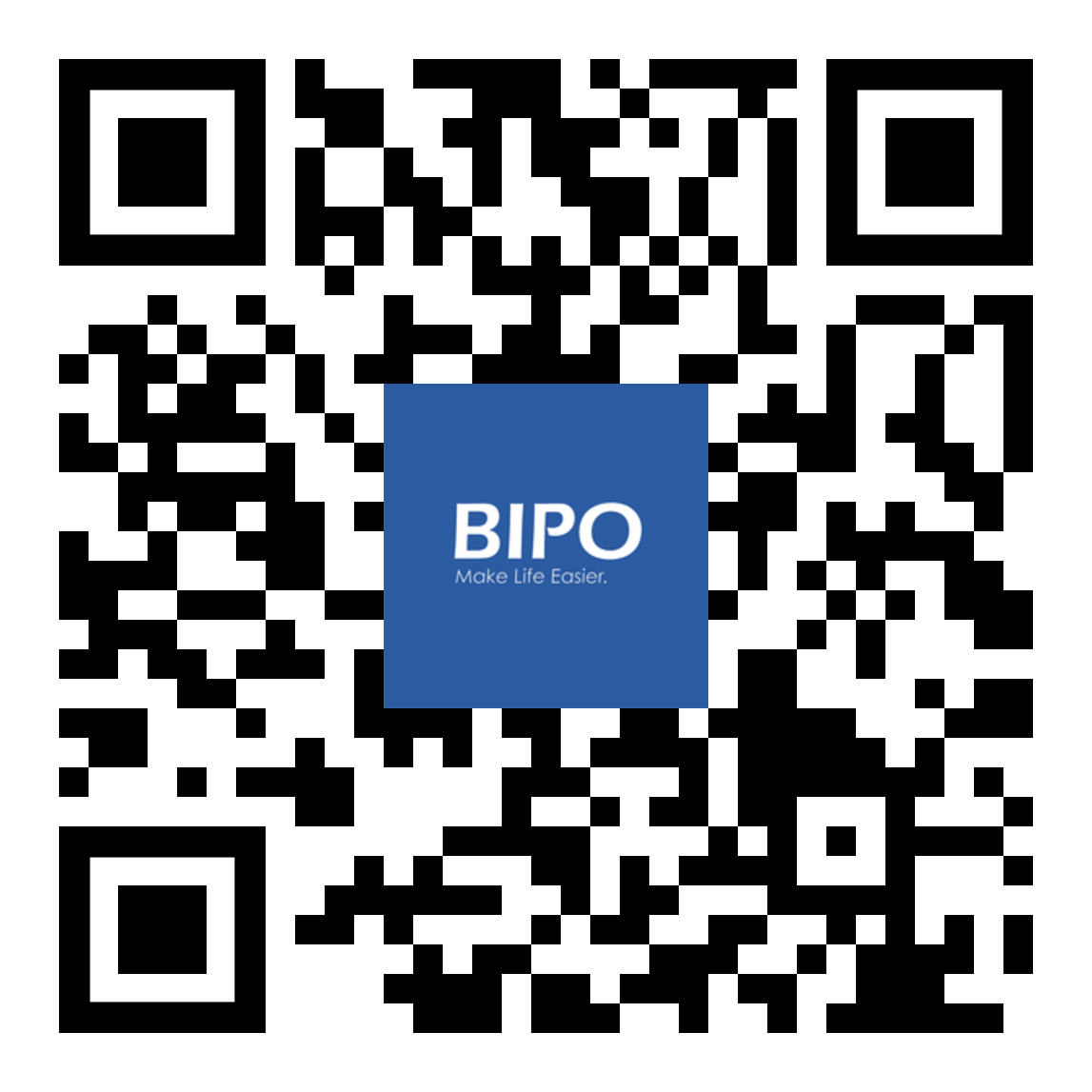In conversation with Albert Liew, BIPO’s MD for Singapore & Indochina, we explore how businesses can balance workplace flexibility with productivity in a complex regional labour landscape.
HR leaders across Asia Pacific today are faced with a complex labour landscape – not only do they need to balance multigenerational workforce needs, cultural expectations, and regulatory shifts, but they also need to lead conversations around sustainability and inclusivity. All while ensuring they contribute to business outcomes.
These “challenges” present unique opportunities for CHROs to better define, adopt strategies, and tailor approaches that can support agility and fluidity in people operations, especially when operating across multiple markets.
In this article, we explore ways for HR decision makers to balance workplace flexibility with productivity, compliance with Asia’s diverse labour laws, the role of HR technology in streamlining flexible work arrangements (FWAs), and best practices for integration, security, and user adoption.
The Evolving Landscape of Workplace Flexibility
Workplace flexibility only came into focus about half a decade ago and has already become a coveted part of most employer brands. Perceptions of flexibility are continuously being shaped by both the viewpoints of business leaders, and employees’ growing demand for autonomy.
In Singapore, for example, the new Tripartite Guidelines on Flexible Work Arrangement (FWA) Requests took effect on 1 December 2024, providing a structured approach for employees to request FWAs while allowing employers the discretion to determine work arrangements.
While not mandatory, the guidelines establish a framework that helps organisations align flexibility with business and employee needs at different career stages. As Albert Liew, Managing Director, Singapore & Indochina, BIPO, notes,
“From conversations with business and HR leaders, companies recognise that flexibility and productivity are not mutually exclusive and need to work in tandem.”
As someone who works with Asian unicorns, global consultancies and local champions regionally, Liew has spotted three workplace trends that he sees gaining momentum:
- Clarity in policies: This involves defining flexible work arrangements (policies, processes and standard operating procedures) that comply with local regulations, implementing ‘SMART’ goals, transparency and open communications to ensure employees understand expectations around performance and accountability. As the leader points out, these need to take place in a fair and open manner.
- Leveraging technology: HRMS and workforce analytics are playing an increasingly strategic role beyond administrative functions. Companies are using these tools to assess productivity, optimise resource allocation, and gain visibility into workforce efficiency.
- Building a performance culture: There is a shift towards results-driven work, where employees are empowered to take ownership and accountability. Regular feedback loops and clear expectations are critical.
“At the core of it all? Trust. Without it, accountability feels like policing. With it, it becomes a shared commitment to doing great work,” Liew affirms.
Compliance: Navigating Cultural and Regional Variations
Asia’s manpower landscape is shaped by distinct labour laws, workplace cultures, and regulatory environments. “The region is probably one of the most diverse, presenting tremendous opportunities for HR leaders to drive a positive impact,” Liew says.
As such, he goes on to urge HR leaders to be aware of, and address the following critical areas in their regional policy making:
Cultural expectations and work norms: Attitudes towards hierarchy, seniority, flexibility, and performance measurement differ widely — while countries such as Australia and Singapore embrace a more egalitarian workplace culture, others lean towards structured, office-based work environments. At the same time, some markets favour hybrid models, often influenced by infrastructure, transport networks, and broader socioeconomic factors.
Regulatory complexity: Each country has distinct employment laws governing contract requirements, termination rules, payroll, taxation, and social security obligations. Frequent legal updates — such as Singapore’s new FWA guidelines or revised minimum wage structures in Thailand and South Korea — require constant monitoring.
Ideally, technology should help to automate compliance processes to reduce risks and operational disruptions. This is where the expertise of an experienced vendor becomes crucial, ensuring the right HR tech solutions support compliance frameworks effectively.
Easing the Load: Tech Support for HR Leaders
The good news is, many such tools do exist in the market today — digital tools such as HR management systems, for instance, can streamline and enhance businesses’ adoption of flexible work arrangements.
The tougher news is that because of the proliferation of many such tools, it is often difficult for leaders to select one that is most suitable and impactful to their situation.
On this dilemma, Liew says that while every industry/company has a selection framework in place, at the basic level it starts with a focus on the leaders understanding real needs and solving actual HR pain points, rather than adopting tech just because it is trendy. What is the real challenge we’re trying to solve?
In his experience, there are three things that should stand out to potential clients about a vendor during the decision-making stage, listed below.
#1: Integration and Scalability
Too often, organisations are unable to fully consider integration feasibility, or the time and effort required for implementation. Selecting the right solutions means ensuring they integrate seamlessly with existing systems and can scale alongside business growth.
#2: Keeping Compliance and Security in Check
Any adopted technology must align with both local and global statutory requirements to minimise compliance risks. Beyond regulatory adherence, companies must verify that each feature serves its intended purpose, implement robust data security measures, and establish reliable backup systems to safeguard operations.
#3: Engaging End-users Early
Successful adoption starts with involving HR teams and employees from the outset. When end-users play an active role in the early stages of implementation, companies can ensure the tools are intuitive, align with actual needs, and meaningfully enhance the employee experience.
Now that we have these tips in the bag, let’s look at what BIPO HRMS can offer to HR teams.
This all-in-one system includes automation features that streamline scheduling, ensure compliance, and enhance operational efficiency — thus, fostering a more agile and employee-centric workplace.
To simplify flexible work arrangement processes, BIPO HRMS offers functionalities within its Personnel Hub and Letter modules, such that:
- Employees can quickly raise requests through a dedicated form. Once approved, the Leave module allows them to apply for the arrangement, even supporting recurring requests such as ‘Work from home every Monday’.
- Employers/managers can efficiently approve or reject FWA requests with clear reasons, all within the HRMS, eliminating manual paperwork and streamlining the tracking of requests.
For companies keen to expand globally, leveraging BIPO’s HRMS technology with built-in compliance features, real-time data, and analytics, can empower HR leaders with greater visibility and smarter decision-making across regions.
The Bottom Line
Most employers would agree that workplace flexibility is most effective when anchored in performance. After all, moving from a rigid, hours-based model to one driven by accountability, outcomes, and measurable goals is no easy feat – and the support of a reliable technology partner can be handy.
With the right mix of HR technology and compliance expertise, organisations can turn regulatory challenges into opportunities to build a more agile and engaged workforce.
To find out more about BIPO and its comprehensive suite of HR and payroll solutions, visit: www.biposervice.com.
First published in humanresourcesonline.net on 14 April 2025.






























